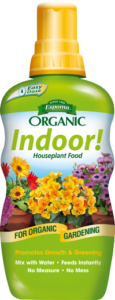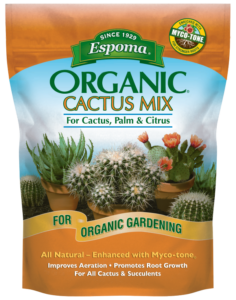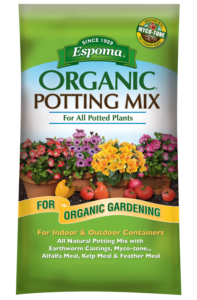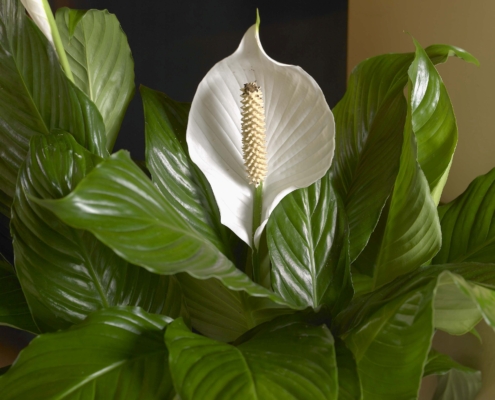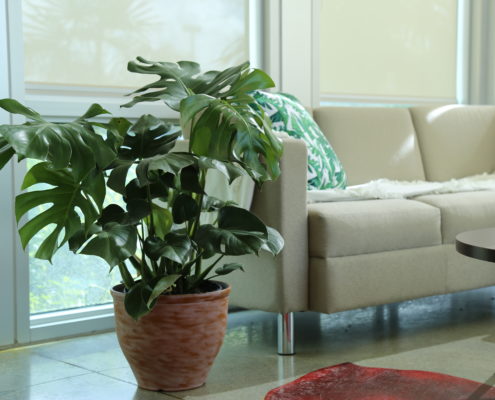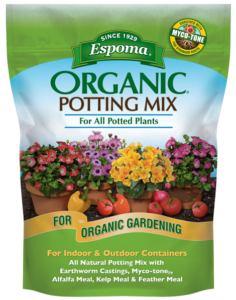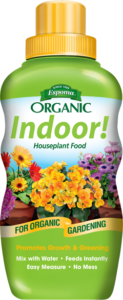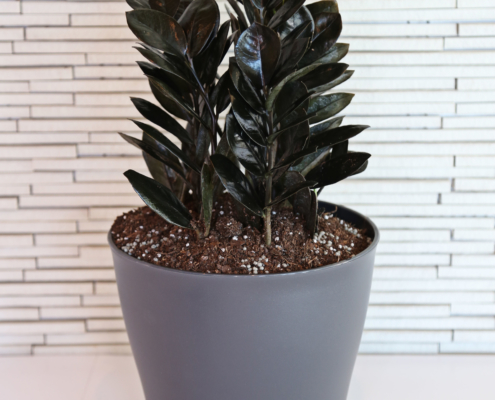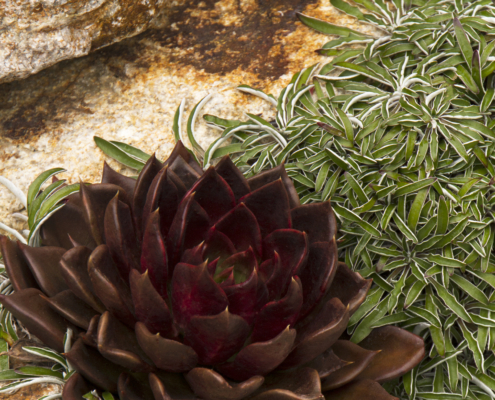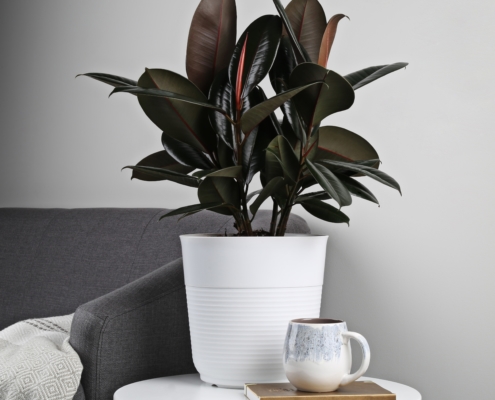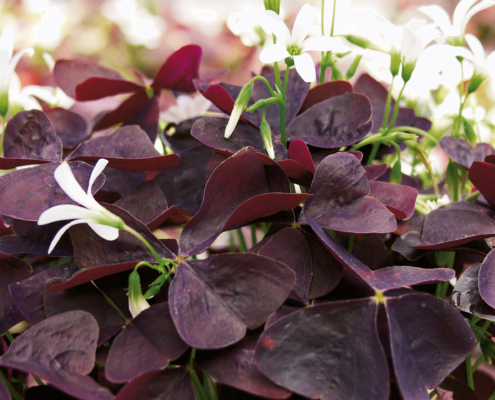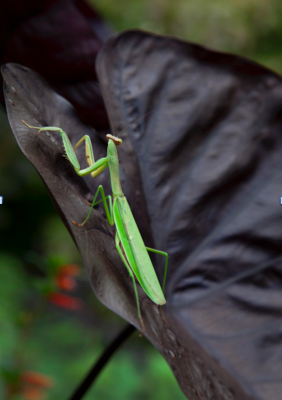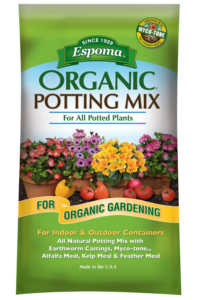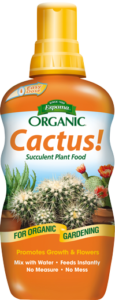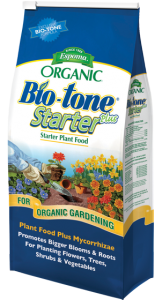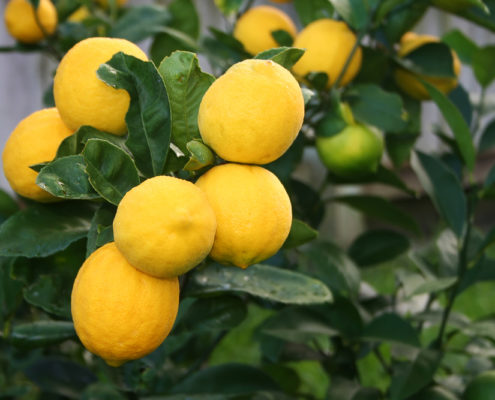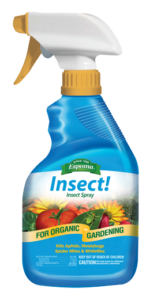Millennial Pink Houseplant Roundup
If you feel like your collection of tried and true houseplants is looking a little, well, green, then now’s the time to add some dramatic pink houseplants.
Millennial pink’s reign has extended well beyond its Pantone 2019 Color of the Year status. Choosing houseplants in this hue give it a timeless status.
Houseplant lovers and interior decorators are embracing pink houseplants like never before. Want or little pop of color to mix with your greens? Check out some of our favorites.
Plus, these pink plants will outlast any pink cut flowers.

Colorful Aglaonema
Traditionally known as the Chinese evergreen, this houseplant has been bred to come deep green, silver, pink and red. It is slow growing, with large, narrow and glossy oval foliage. Keep in mind the lighter the variegation, the more light it needs. If you opt for dark green foliage, it can thrive in low light. Water when the top two inches of soil is dry and add humidity around the plant in the summertime. Use Espoma’s indoor! liquid plant food during the growing season to give it the nutrients it needs.
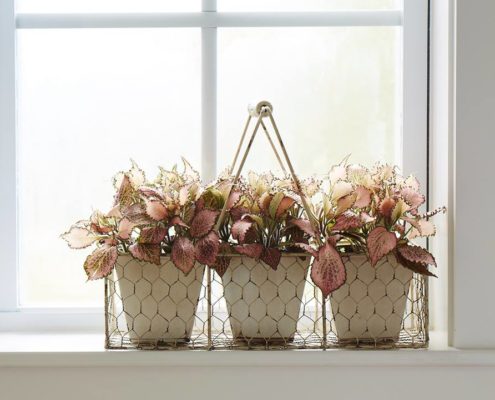
Fittonia
A small houseplant like Fittonia fits practically anywhere — from a tabletop to a window sill or a desk. It’s a good candidate for low-light spots in the home or office, too. Pink-variegated fittonias like ‘Frankie’ and ‘Mini Pink’ capitalize on the pink hues. Fittonia is a thirsty plant that wilts quickly when dry. Don’t worry, it will perk back up quickly after watering, but for the best keep moist for best results.

Afterglow Echevaria
This echeveria truly lives up to its name. With beautiful pastel pink and purple leaves, this succulent is a prize for any blush lover. Afterglow is perfect for indoor or outdoor containers. When growing succulents in containers, be sure to use Espoma’s Cactus Mix for best results.
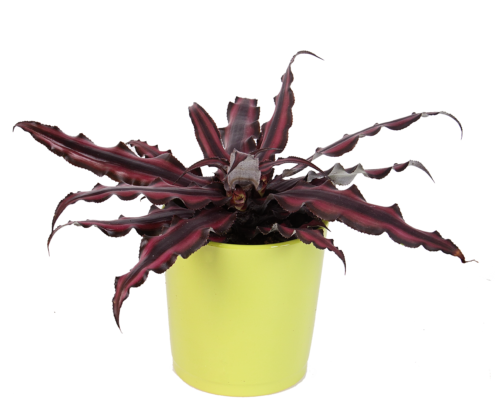
Earth Star
There are more than 1,200 varieties of cryptanthus and they come in many gorgeous shades of pink. It gets its common name from its star-like spread and need to grow in soil (many other bromeliads are air plants.) Earth star prefers low-water, bright light and an occasional feeding with an organic fertilizer like Espoma’s Indoor! Like other bromeliads, each cryptanthus blooms only once in its lifetime, and then it begins a slow dying process. Before it dies, new pups are produced that can be replanted.
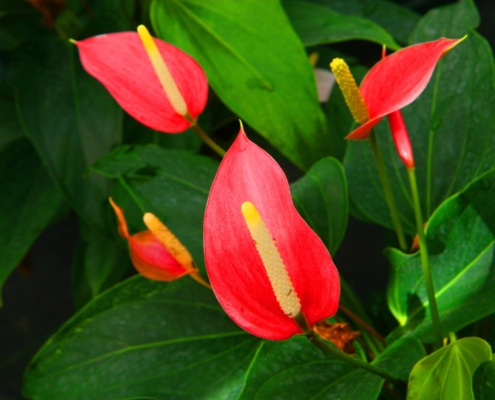
Anthurium
Anthuriums are elegant, easy-care plants with cheery blooms that last a long time. Anthuriums are also efficient air purifiers, so a colorful Anthurium will bring a pop of color and breath of fresh air to the room. This show-stopping plant is a two-for for any romantic with its glossy heart-shaped, pink leaves. Anthurium stands out of the crowd with blooms on and off all year. Its flowers will last for months under the right conditions. This exotic plant loves warmth and humidity.
Not ready for such bright color just yet? Check out these low-light picks!
Espoma products for pink houseplants
